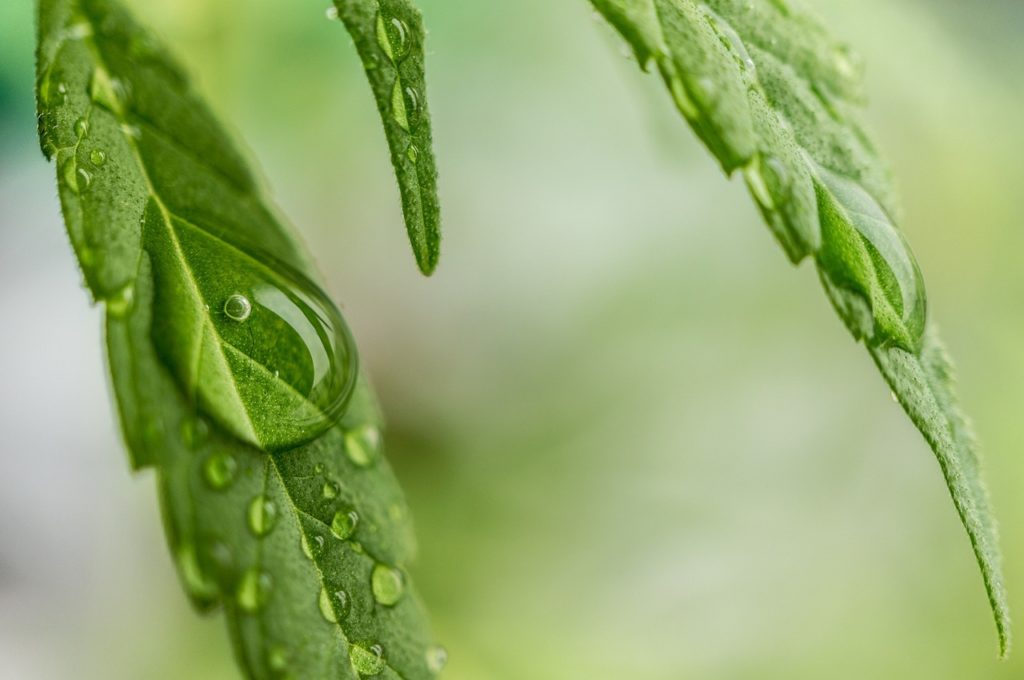When you’re growing marijuana in soil, it is always a good idea to measure the TDS (total dissolved solids) and pH (acidity) of the soil you are using.
Keeping soil balanced with the proper level of pH and nutrients will help ensure that you are growing healthy plants.
Keeping Track of PH and TDS (total dissolved solids) Promotes a Better Weed Garden
One of the positive aspects of growing marijuana in soil rather than a hydroponics system is that soil acts as a buffering system for the water and nutrients your plants have access to. Any mistakes in your TDS or pH levels won’t have any immediate negative effects.
One of the downfalls is that it’s easier for nutrients to build up in the soil, which can cause high TDS levels and lower your pH. The TDS and pH at the root level could differ drastically from whatever values you have in the fertilizer solution you are feeding your plants. Obviously, this can cause trouble.
Additionally, there are other factors which can determine how the nutrients are being taken in by a growing plant. If it is chilly in your grow room, the leaves of your plant won’t properly evaporate moisture because of the low temperature. Check out my article to understand what the best temperature is for a cannabis grow.
This evaporation is a key part of the vacuum cycle that draws nutrients up through the roots, and without it, your plant won’t pull in all the nutrients available in the soil. This means that the nutrients will start to accumulate in the soil, lowering the pH around the root system.
High acidity in the roots limits the intake functions of the root hairs, which further exacerbates the difficulty your plant will have absorbing nutrients.
This is an excellent example of how your plant’s environment can become unbalanced, even if the pH and TDS levels in your nutrient solution are perfect. It’s very important to measure pH and TDS of your soil regularly— every two weeks works well. Don’t forget!
Measuring soil levels is very easy so let’s start with the basics. You’ll be mixing a 1:1 ratio of your soil from around the roots and demineralized water (water with TDS 0 and pH 7). Then you’ll let this mixture sit for 24 hours, occasionally stirring. Then, simply filter it and measure the TDS and pH. Voila— the values of your mixture are the values of your soil! For more tips on TDS and pH, be sure to download my free marijuana grow bible.
The devil’s in the details, so let’s go deeper with the step-by-step process you can use to measure the acidity and total dissolved solids of your soils. First, you are going to want to gather together everything you need:
-TDS and pH meter
-Demineralized water (water with TDS 0 and pH 7- you can get this at gas stations or drug stores)
-2 measuring containers (capable of containing at least 6 ounces!)
-4 cloth or coffee filters
To start your test, remove 3 fluid ounces of soil from around the roots and mix it with 3 fluid ounces of demineralized water in one of your measuring containers. Let this mixture stand for 24 hours, but continue to stir it occasionally. This way you will make sure all the nutrients dissolve completely.
After everything in your solution has dissolved completely, pour it through a filter into the other measuring cup. Continue to repeat this process until you have a totally clear liquid. Now use your meter to determine the TDS and pH values of the soil your marijuana is growing in.
What Should your TDS (PPM) be in your Cannabis Garden?
The best TDS values fall between 750 ppm and 1500 ppm, depending on the maturation of your plant and the amount of nutrients it can absorb. The pH should be around 6.
What if you don’t have the right PH levels?
Maybe your pH is too low. If it is 5.5, for example, you’ll want to raise the level up closer to 6. The next time you give your plant water, use water with a pH value of 6.5. The same method works for TDS levels.






